One of the trickiest obstacles businesses face is crafting an effective presentation that will appeal to investors.
Both new and established companies at some point face having to raise capital to operate and grow their business.
The most popular way to introduce and solicit investment in a project is via the investor pitch presentation, which typically takes the form of deck of slides created with a program like PowerPoint or Prezi. The pitch deck has a lot of uses, for example:
- A new company looking for institutional investors.
- A private equity fund soliciting companies to manage through merger and acquisition, partnerships, or capital market listing.
- An established company looking to take on additional debt obligation with a bank.
- A financial advisor looking to present an alternative investment to an accredited investor.
At its core, though, the investor presentation’s primary goal is to raise money for your company.
It could be initial funding for a new business or it could be follow-on investment for an existing business. Or, perhaps it could be to explore taking on additional debt.
So, how do you create a presentation that’s compelling enough to entice investors and get results? You’ll need a well-constructed pitch that transcends the skeletal framework and ignites interest.
Before you dig into individual pieces, you need to consider architecture. Which slides will you use and how will you order them? How densely populated with information will each slide be?
By the end of this article, you should have a good idea of what you may or may not want to include in your presentation, and we’ll address some tips on how to get started crafting your own winning presentation.
Your investor presentation will only be limited by your imagination, the idea you’re pitching, and how well you know your audience. That said, most presentations share a few “standard” slides that form the foundation of nearly every successful investor presentation.
“Wait, Can’t I Just Download a Template?”
You can find a wealth of (often) free resources, templates or examples that you can adapt for your specific business goal. But keep in mind–as your business is likely to have unique characteristics,
the most important pieces of an investor presentation can’t be found in a canned form. Tweet this
And it’s unlikely that you’ll find a single template deck that addresses all the audiences to whom you may be pitching.
Who are you? What do you do?
The first thing you’ll want to present is a brief introduction to your company. At its longest, think “elevator pitch”: you’ll want something that immediately and concisely tells your audience who you are and what you do.
Be specific and focus on the things that make your company, idea, or product unique. Try to avoid describing your company in relation to other established companies, products, or services (for example, “Think of us as the Apple of underwater basket weaving” or “We’re the LinkedIn for anti-social people”).
Sequoia Capital, one of the most successful Silicon Valley investment firms recommends that you “define the company/business in a single declarative sentence,” just as Mapme did in their deck.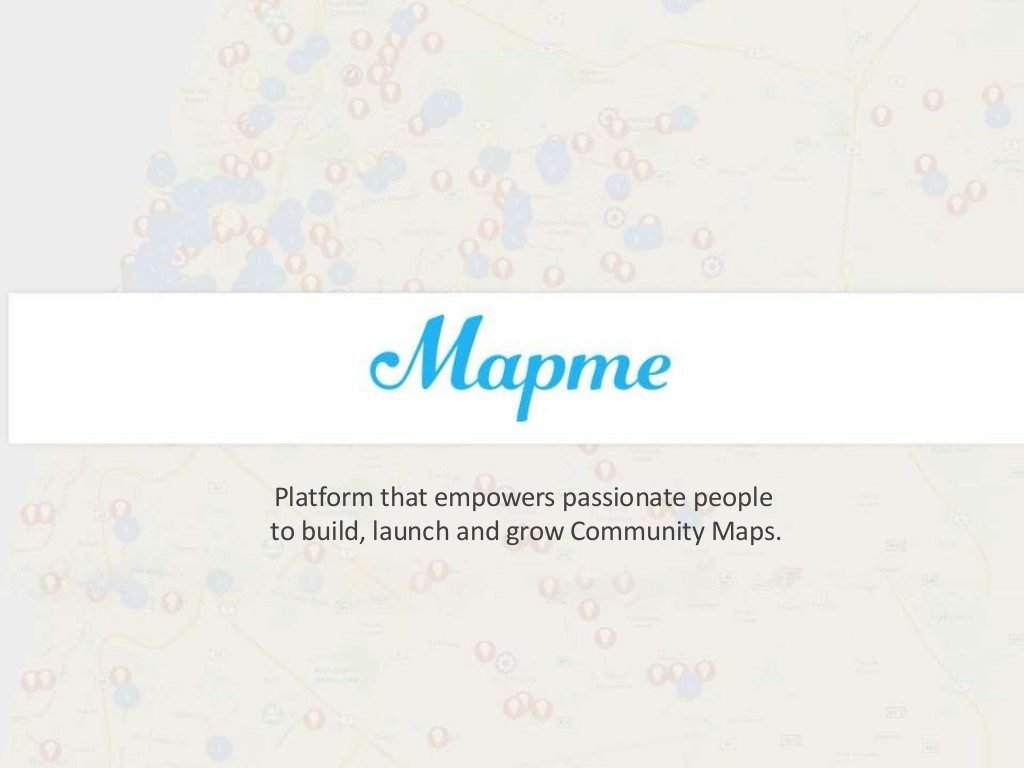
What Problem Do You Solve?
What need does your product or service fulfill? What problem do you solve? Why is your company qualified to provide the solution?
This slide is your chance to lay the groundwork for what you do, what you offer, a bit about your company’s philosophy, and, most importantly, to begin building out the narrative for your audience.
What makes you more qualified than anyone else to deliver on results? How is your product or service unique? Has your marketing team devised a clear, cohesive description of your unique selling proposition? Why should investors commit their capital to your project?
Airbnb perfectly articulates the problems it addresses in an example of one of the most successful startup pitches in history:
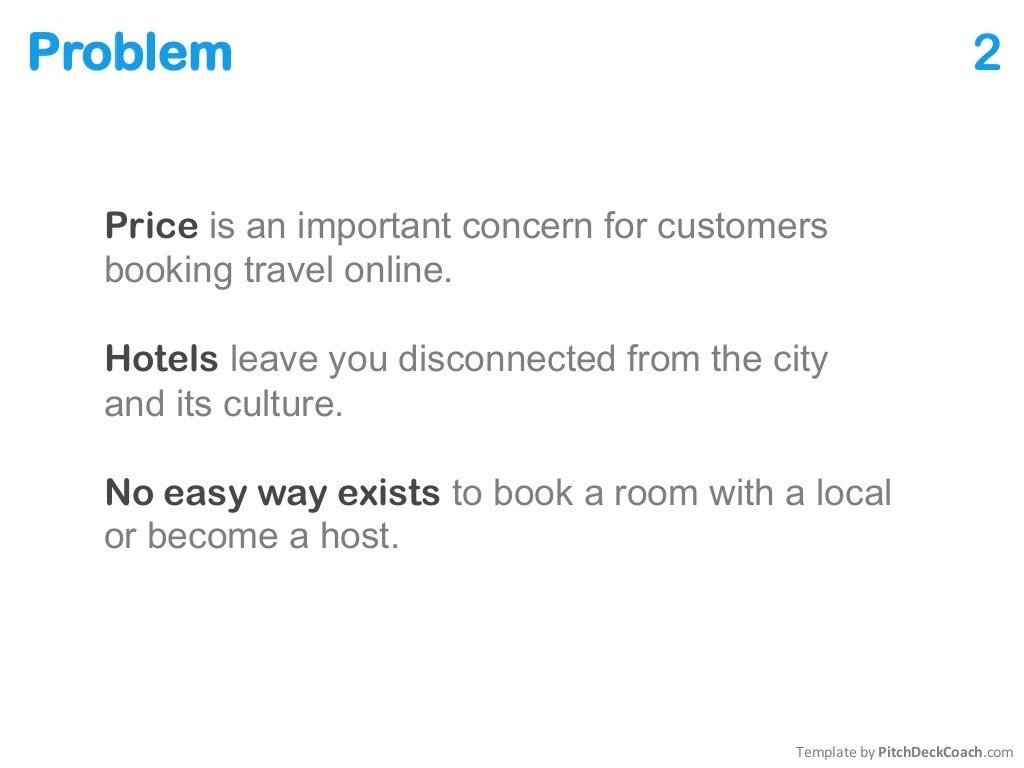
Market Size
Like all the components of your presentation, you should approach defining your market size thoughtfully before committing this to description.
Think about not only the markets currently covered but also take into consideration the way your market has shifted historically, the potential “unseens” you either anticipate or that have customarily affected your market, be they cyclical or otherwise.
Illustrate that you’ve put some thought into both vertical and horizontal pieces of the market size question.
You want your audience to have both a concrete foundation from which to realistically draw conclusions and stars in their eyes as far as potential. Dwolla’s payment solution pitch is unrivalled in the way it piques the investor’s imagination:
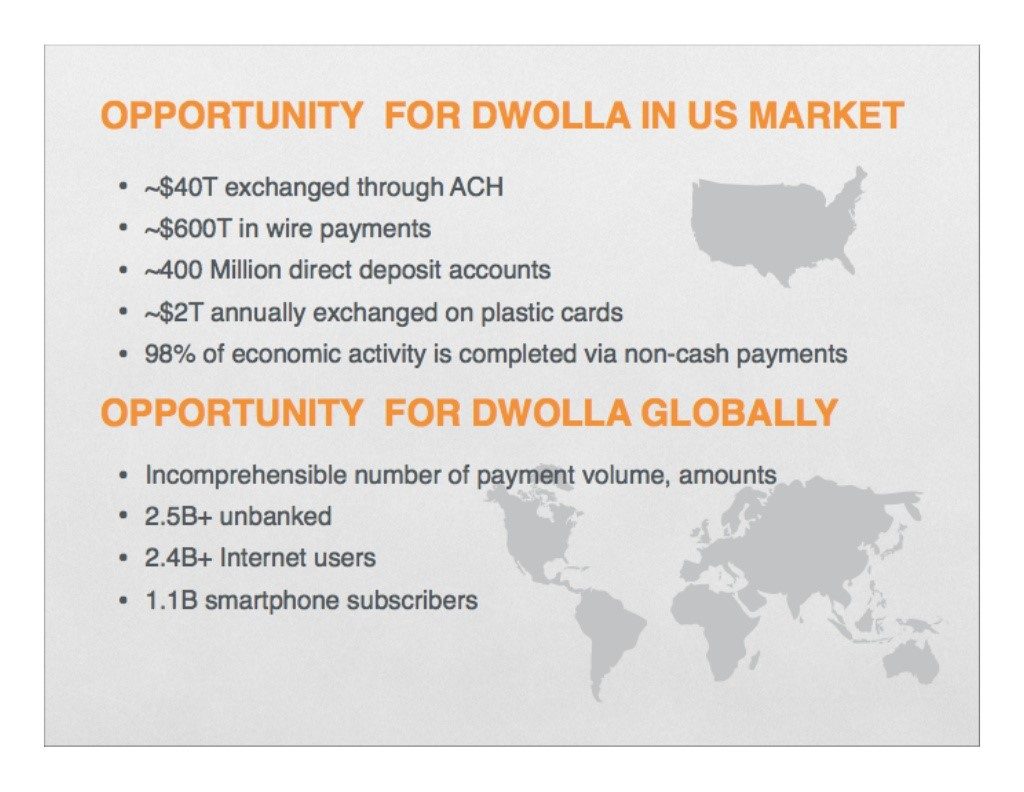
The Solution
Here’s where you get to show how your product or service addresses the problem you’ve outlined earlier – and, more importantly, where you get to explain why your product or service warrants a capital investment.
The below example from YouTube, concisely articulates its key benefits to end users and, ultimately, to investors.
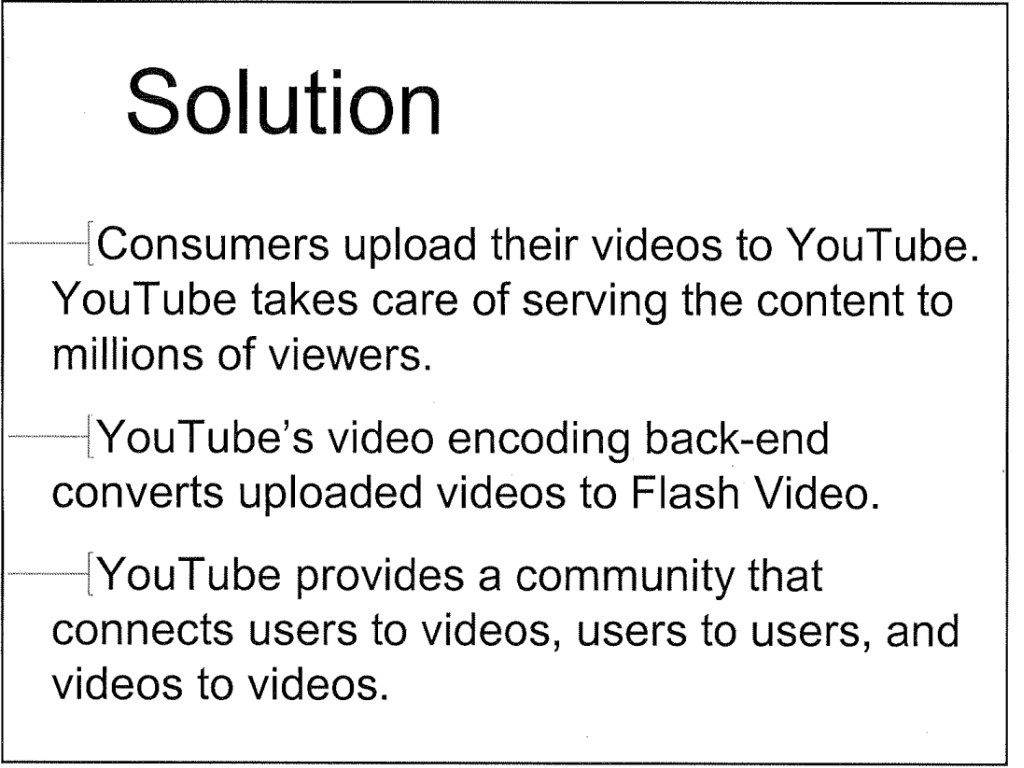
The Competition
You claim that you’ve managed to revolutionize the underwater basket weaving process — but there are other players in your market saying the same thing.
What are they doing?
What threats do they pose to your market share?
How have they fared in the past and what are their plans for the future?
Potential investors will look for candor in your presentation of the competition, and it’s very possible that they will know the competitive landscape of your industry as well as you do.
This is your chance to let your audience know that you understand your market inside and out. One of the best ways to build your own credibility is actually by talking about what other people are doing.
This is perhaps the trickiest and, usually, the most glossed-over piece of an investor presentation. But as illustrated by Castle’s pitch below, your analysis of the competition doesn’t have to be complicated or over-massaged.
A single, simple slide can go a long way.
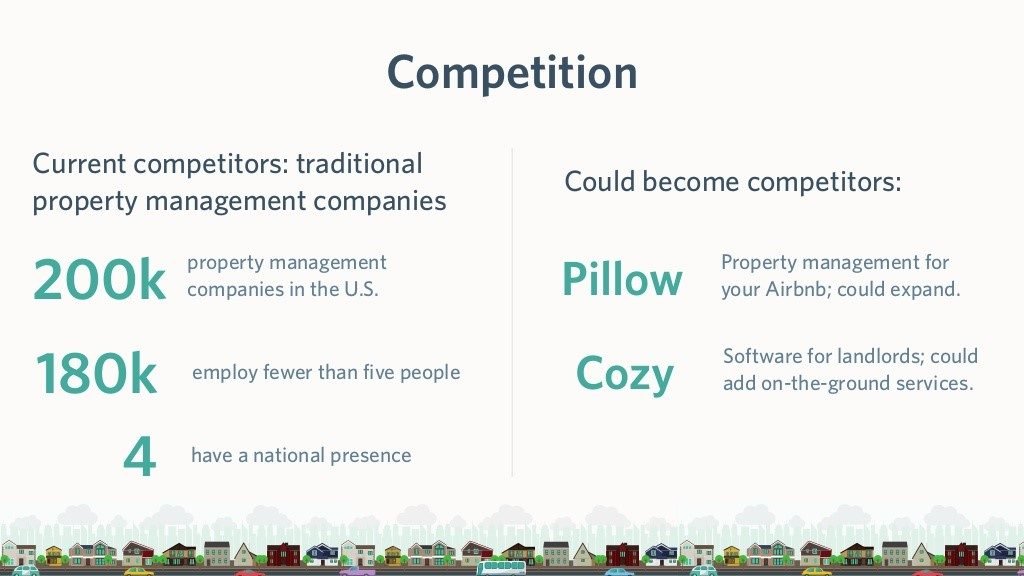
Your Team
You’ll want to introduce the most important members of your team, such as key executives. But don’t get carried away with their bios. Limit this component of your presentation to a few key items that are directly relevant to your pitch. This makes it easier for your investor to identify the common thread and connects the relevance of your team to the project being pitched.
Anne-Marie Maman, executive director for the Princeton Entrepreneurship Council at Princeton University, stresses the importance of presenting the right team face to potential investors.
Investors, then, will want to see how well the key team members know their market, know their challenges, and display a good track record of success.
Wealthsimple, a Canadian investment management service, took a page out of LinkedIn’s pitch to provide just the right amount of relevance and firepower to lend legitimacy to its team slide, and found the right balance between individuality and cohesiveness.
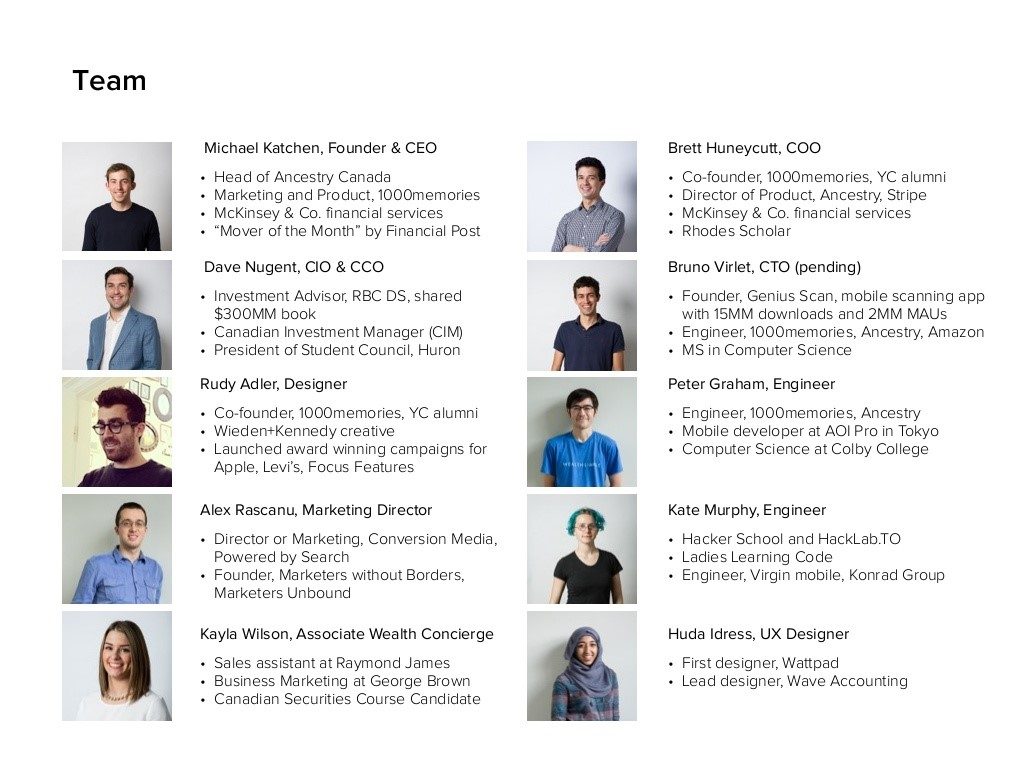
Financials
This is a critical component of your pitch deck: Before they part with their money, potential investors will want to will want to know how you plan to use the proceeds from investment capital and debt, as well as your projected returns on investment, and your terms for repayment or investment exit.
Again, the audience, the context, and your unique pitch will all play a part in determining what financial information will be relevant to your presentation, but it will likely include some or all of the following:
EBITDA
- Balance sheets
- Earnings
- Expenditures
- Production
- Growth markers
- Sales figures
- Stock performance

In presenting numbers, be aware of your audience. While net EBITDA or projected EPS may figure prominently in your pitch, always remember that the best way to talk about and present financials is to show, don’t tell.
Charts and spreadsheets might seem the easiest, most efficient ways to present financials, but strive toward simplicity for the sake of not obscuring the simple questions and trends that you want highlighted.
SEO company MOZ did a great job of keeping their finances simple, concise, and clear.
Milestones
You’ve presented a problem and solution by now, introduced the key members of the team, and laid out essential financial data.
Now it’s time to get investors excited about what you’ve accomplished to date and to walk them through your plan for what’s to come.
You might want to talk about new products launched or in the pipeline, year-to-date progress compared to stated goals, what next year’s plan looks like, and where you see the opportunities for driving growth. And while not all trajectories are as stellar as the example below from pay-per-click optimization company SteadyBudget, the slide below offers an example of a clear, concise infographic:
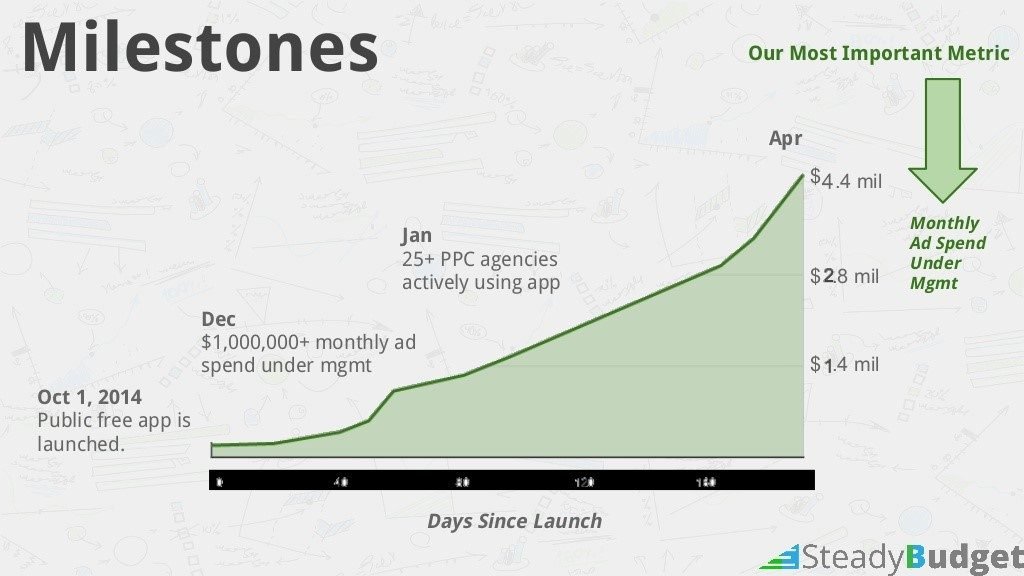
Everything Else: Appendices
If you’ve agonized about incorporating just the right amount of data and explanation into your presentation, appendices should take some of the pressure off constructing a streamlined deck.
Appendices serve as a catch-all for much of the meat you may have left out of your presentation for the sake of simplicity, such as:
- Detailed financial statements or forecasts
- A more complete breakdown of your competitive analysis, specific technologies or services
- Key marketing data
Appendices serve two main purposes.
They allow you to focus on the fundamentals for clarity in your presentation and they provide you credibility in demonstrating to potential investors that you’ve done your homework and that it’s available for those who may want to dig deeper.
Putting it All Together
As you’ve probably already determined from looking at the standard guts of an investor presentation, there’s an art to presenting your information, whether it’s the key messaging in your company’s marketing platform or specific financial data critical to communicating what investors should expect, paramount is finding the secret sauce that speaks to your particular audience.
The most effective part of a successful investor presentation is the story.
Some businesses, most often startups, have been known to focus heavily on telling a story.
Many pitches owe their success to the crafting of a compelling narrative that speaks both to the mind and to the gut.
At its simplest, narrative form consists of delineating a lack and the liquidation of that lack.
As we’ve witnessed through time, folktales and legends illustrate how everyone can connect with a story that speaks to them.
Keeping in mind this basic paradigm can serve as your formal guide to crafting your message.
At the same time, though, it’s important not to lose sight of your goal.
Maman offers this insight: “Business plans for many startups seem to have gone by the wayside.” She says that, while a good story and an effective introduction to the key members of the team are critical, it’s still important to show that the business has put the work into really understanding its key metrics and plans.
Maman also recommends that “if you’re going to present a business plan, make it visual—use a short video, for example, but make sure it’s something that won’t put your audience to sleep.”
In summary, the best investor presentations feature a convergence of each of the important elements discussed in the right doses for the audience to whom you’re presenting.
Build a strong narrative, present it in as concise a fashion as possible, and know your business.
References:
Propp, Vladimir. Morphology of the Folktale, 1928 (translated to English 1958). The American Folklore Society and Indiana University.



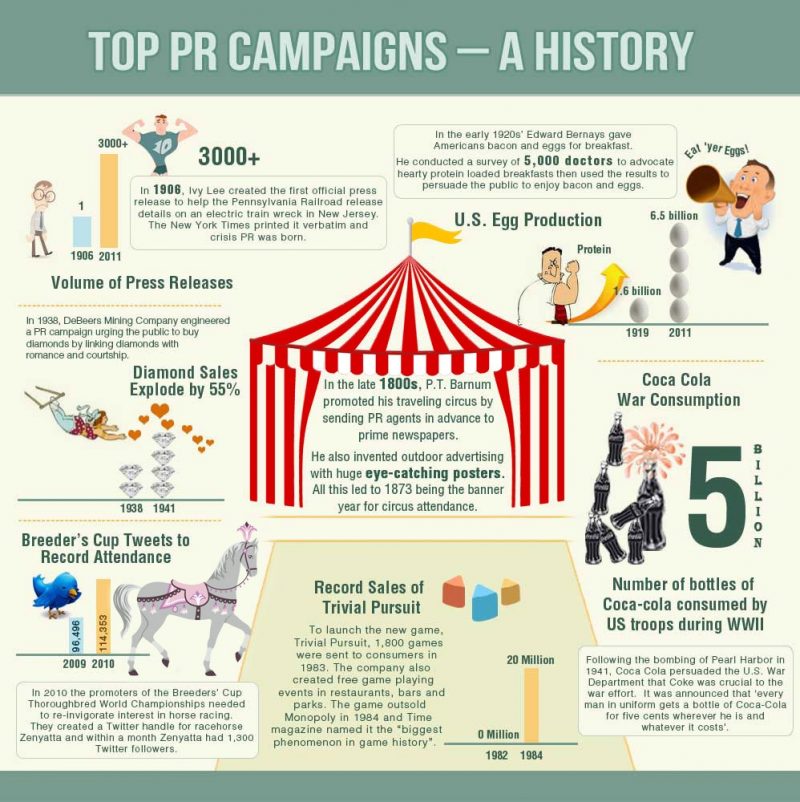
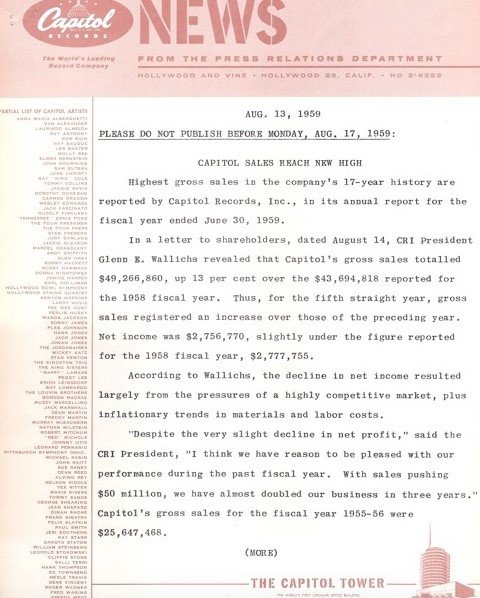



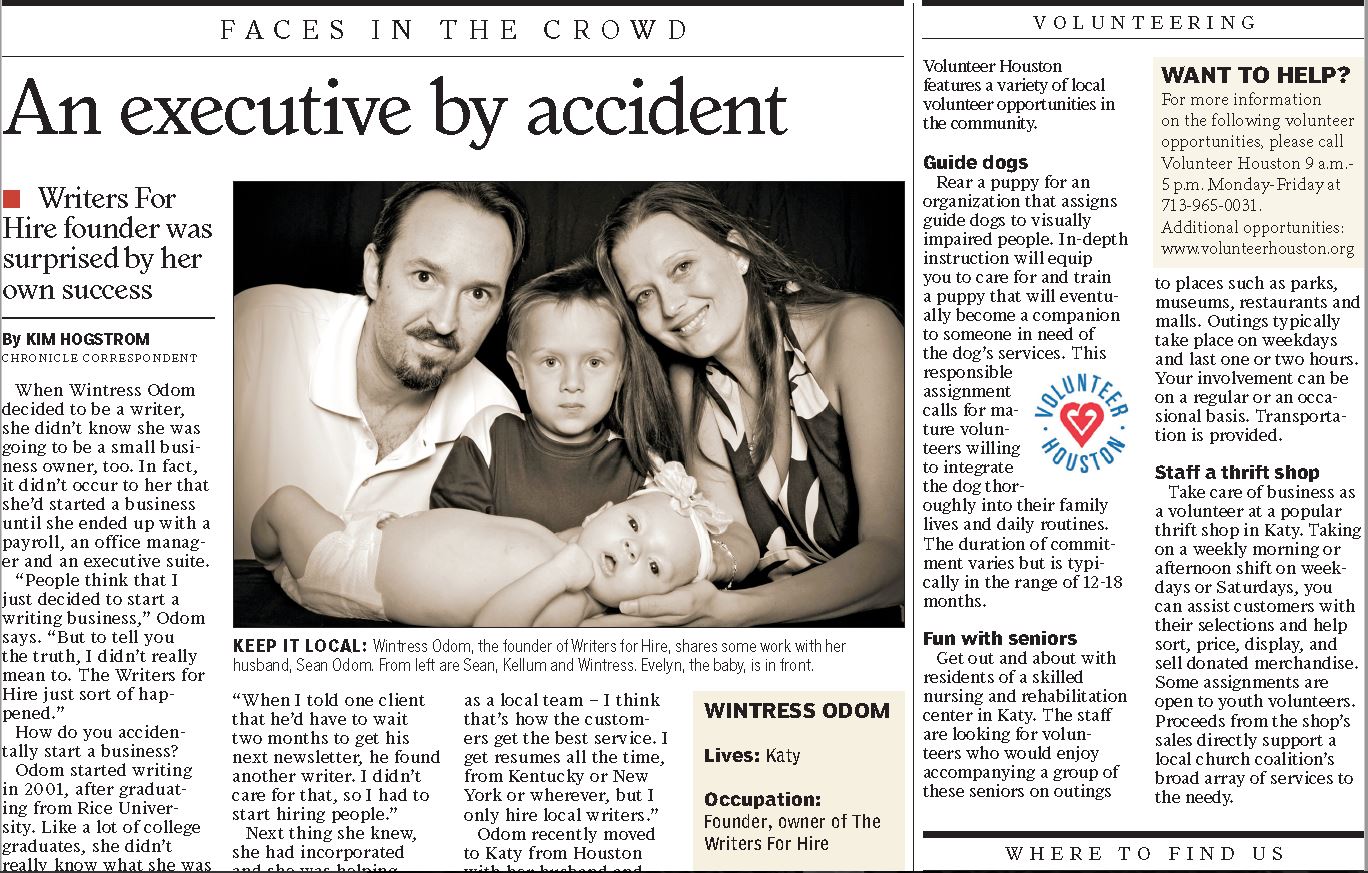
![Reblog this post [with Zemanta]](https://www.thewritersforhire.com/wp-content/HLIC/54e6a3db43b098ecbf5db09e027cb1c1.png)